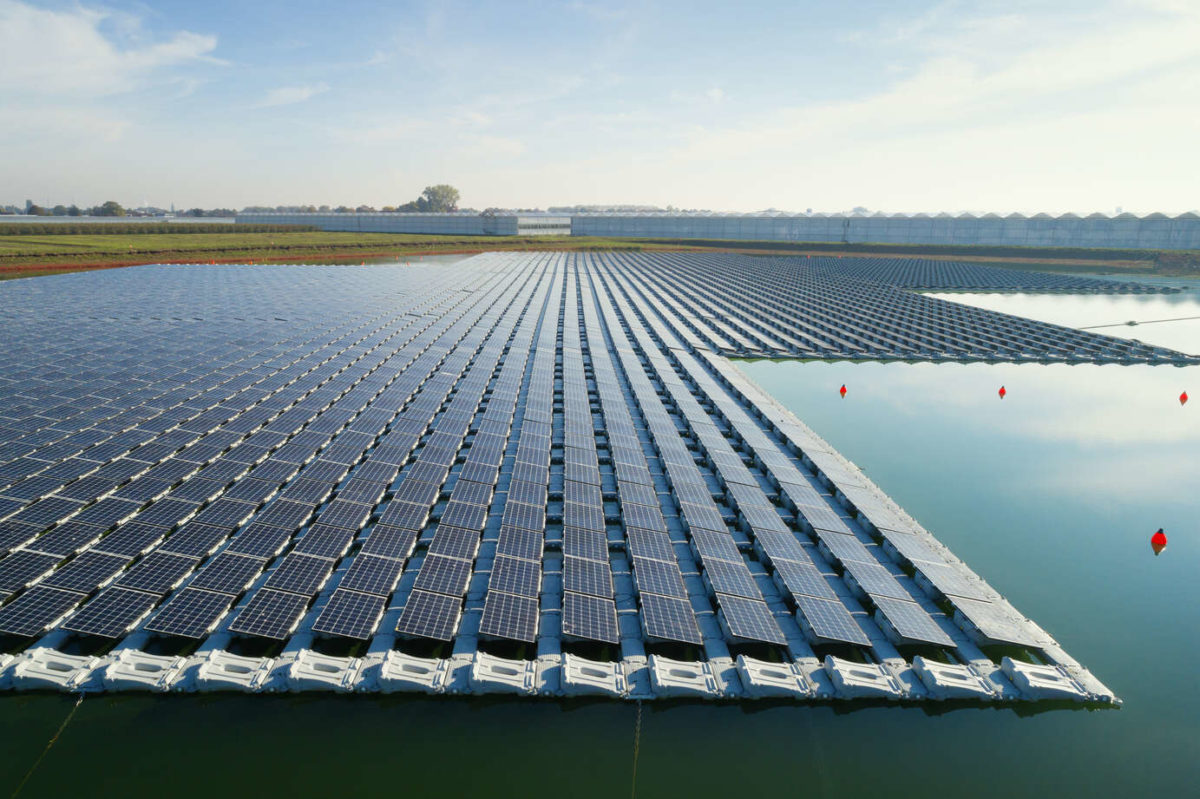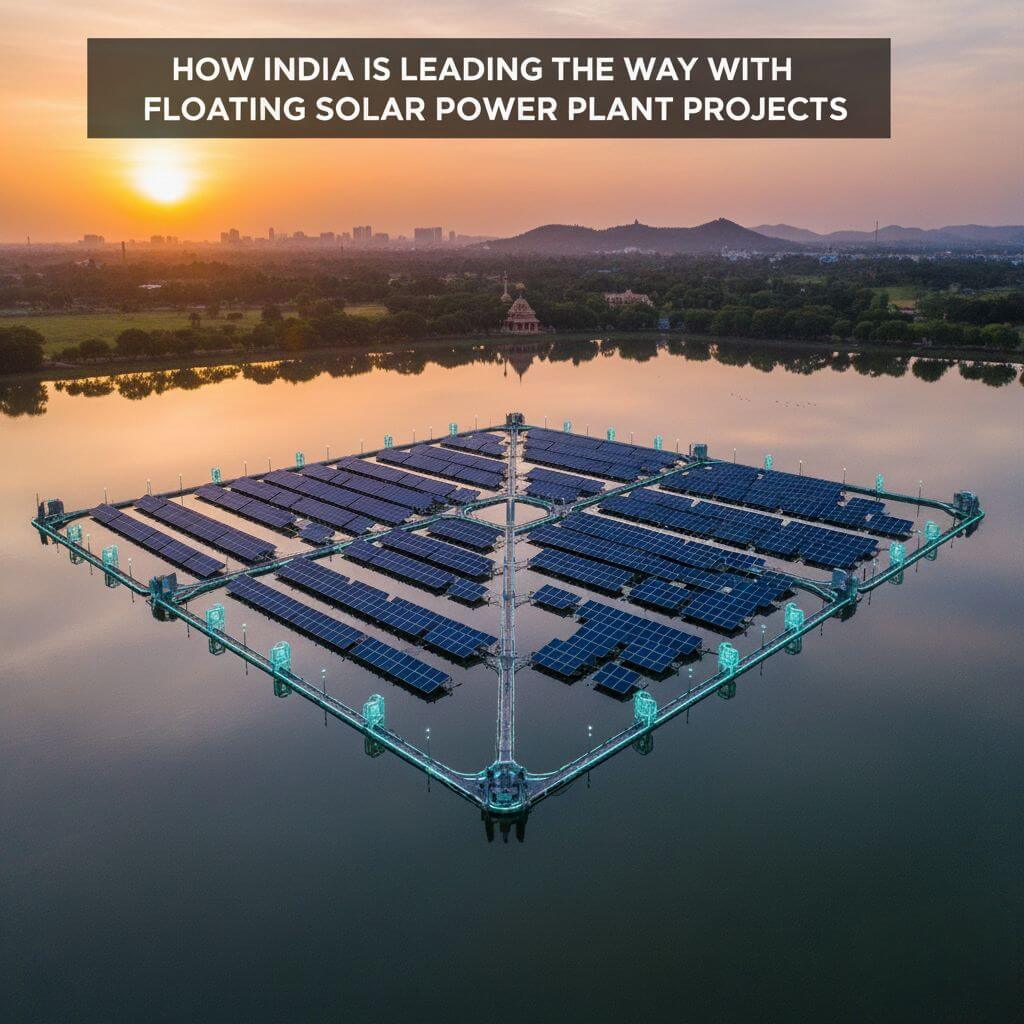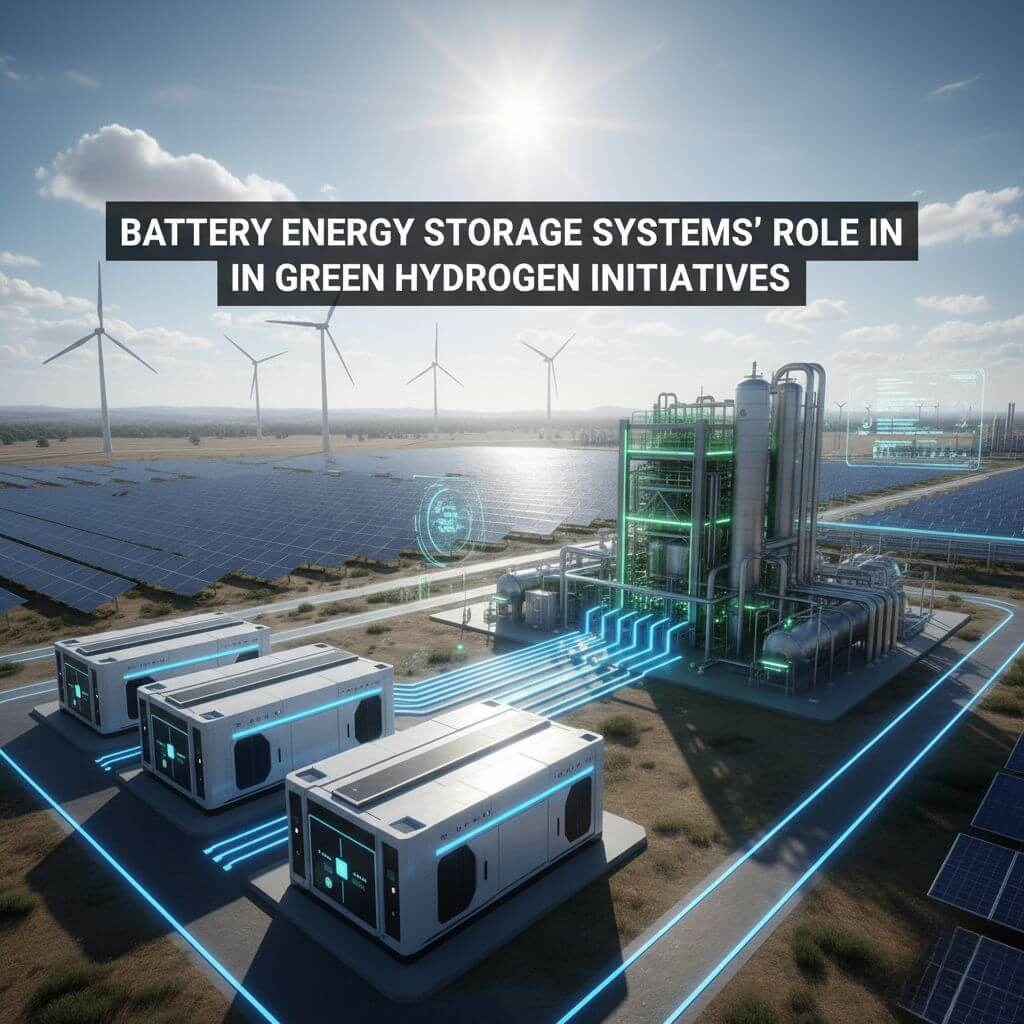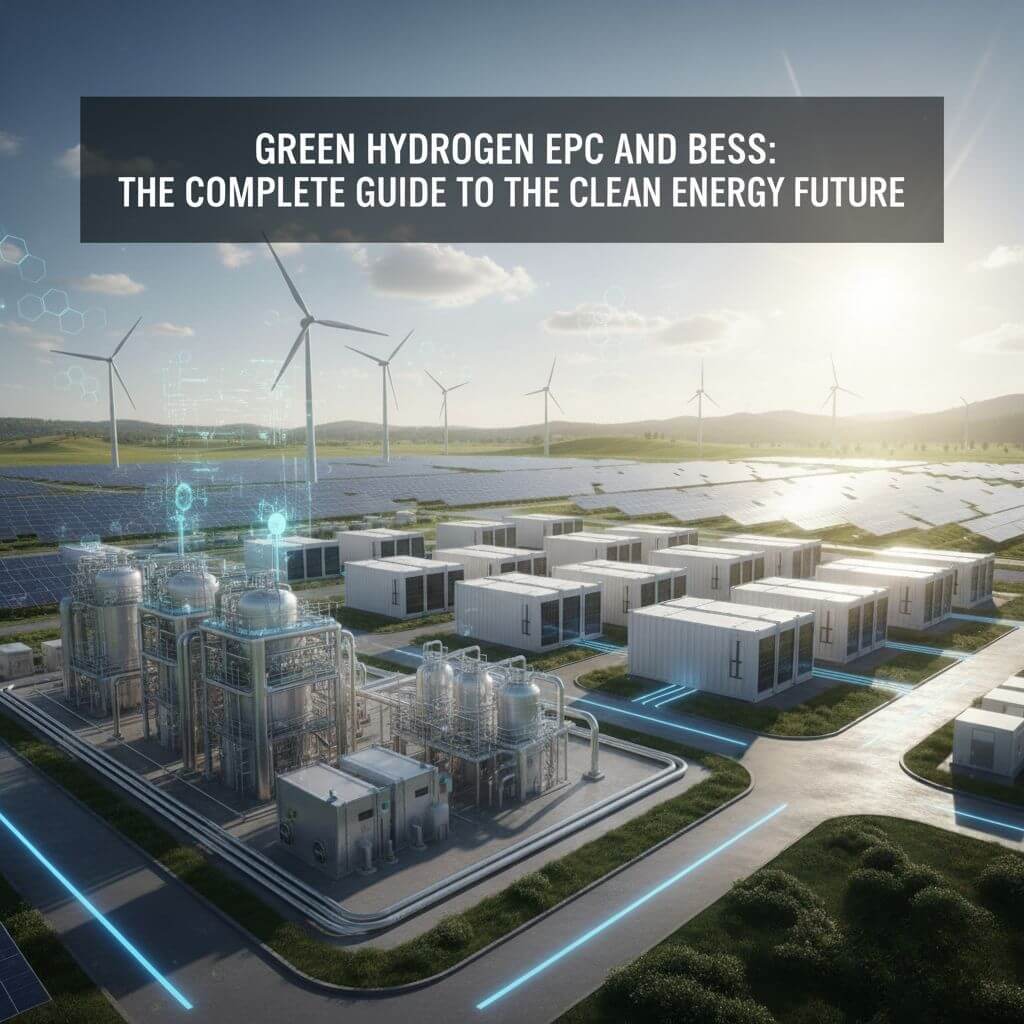The Power of Floating Solar Panels to Power Electric Grids
Floating Solar Panels for Grids
The demand for electricity in India is rising rapidly as the economy grows and more people gain access to power. India currently faces a peak power deficit, meaning that at certain times the demand outpaces the available supply from the grid. Developing renewable energy sources is crucial for meeting electricity demand in a sustainable manner. One innovative solution gaining attention is floating solar panel farms installed on bodies of water. Floating solar, also known as floatovoltaics, has emerged as an exciting alternative to conventional ground-mounted systems. As India looks to ramp up solar capacity, floating solar farms could be a game-changer for powering the nation’s grids.
What are Floating Solar Farms?
Floating solar farms are essentially artificial islands covered with photovoltaic solar panels anchored to bodies of water like lakes, reservoirs, and even the ocean. The solar panel structures float on the surface of the water, with underwater mooring systems keeping everything in place. The electricity generated from the solar panels is fed into the grid via underwater cables.
Floating solar panel installations have been gaining traction globally over the past decade, but countries like India with an abundance of inland water bodies have the perfect geography to harness this technology on a large scale.
Key Benefits of Floating Solar Technology
There are some clear advantages to locating solar farms on water bodies rather than occupying precious land. Here are some of the key benefits driving the adoption of floating solar technology:
- Higher energy generation: solar panels perform better at cooler temperatures. The ambient environment over water bodies leads to 5-10% higher energy yield compared to land. This translates to significantly more clean electricity fed into grids.
- Conserves land: India has limited land availability, making floating solar an innovative solution that frees up acreage for other productive uses like agriculture or development. Water bodies are already unusable for other purposes.
- Reduces water evaporation: The shade from solar panels covering water bodies actually greatly limits water loss due to evaporation. This is especially helpful for water-stressed regions.
- Minimal ecological impact: Floating solar farms have little adverse environmental impact compared to conventional hydropower dams and reservoirs. They prevent algae growth, and the modular setup leaves room for fish and other marine life.
Major Floating Solar Projects Powering India
With all these advantages, we are starting to see massive floating solar projects across India feeding electricity into regional and national grids. Some major operational installations leading the way include:
⦁ Kerala Backwaters: NTPC, India’s largest power producer, has developed a dazzling 100 MWp floating solar farm spanning 750 acres on the Kerala backwaters. The NTPC Kayamkulam project, begun in 2017, already supplies crucial clean power to the southern grid covering Kerala.
⦁ Maharashtra Reservoirs: In western India, projects like the 70 MW floating installation on the Rihand Dam reservoir in Uttar Pradesh exemplify how inland water reserves can harness the sun’s energy.
⦁ West Bengal Pit Lakes: The recent Sikaria Mega Solar project by the National Hydroelectric Power Corporation in West Bengal features floating panels on a large coal pit lake repurposed for renewable generation.
⦁ Karnataka Hydro Reservoirs: South Indian states too are latching onto floating solar, with a recent 300 MW project planned on the Marala reservoir in Karnataka’s Pavagada Solar Park.
Together, these utility-scale installations put India at the forefront of floating solar technology. But we’ve only scratched the surface of India’s potential to generate clean electricity from the tens of thousands of hectares of usable water area spread across the subcontinent.
Future Outlook – Floating Solar to Lead India’s Clean Energy Transition
Floating solar farms are poised to play a major role as India aims to meet its ambitious renewable energy targets. The Indian government plans for renewables to make up over 57% of national electricity capacity by 2030.
Floating solar installations would complement standard ground-mounted capacity and accelerate solar development by unlocking more sites suitable for hosting projects. Already, states like Gujarat, Andhra Pradesh, and Uttar Pradesh are formulating policies explicitly promoting floating solar projects on reservoirs and mining ponds.
Leading research shows India has nearly 70 square kilometers of potential floating solar capacity just on man-made water reservoirs alone, equivalent to over 28 GW of power generation potential. That’s equal to installing 18 standard solar farms!
India’s state-owned energy giants like NTPC and NHPC and agencies like Solar Energy Corporation of India (SECI) are accordingly ramping up floating PV capacity. The aim is to establish solar islands on dams, lakes, and pits across the country, delivering many gigawatts of emissions-free electricity to state and national grids.
Global floating solar leaders from Europe, China, and elsewhere are also targeting India as a prime market for exporting their next-gen solar technologies. With the correct policies and public-private collaboration, floating solar installations could realistically contribute over 10 GW within the next decade – enough to power more than 20 million Indian homes!
Solar Energy Key to Powering India’s future.
Floating solar farm projects highlight how strategic adoption of innovative photovoltaic technologies can support India’s inclusive and green growth agenda. Harnessing the country’s solar power potential via cutting-edge floating system installations will electrify communities, generate domestic jobs, and reduce national emissions dependency. Successful models can inspire solutions that are replicable across the developing world.
India has always been a trailblazer when it comes to solar power adoption. With the right bold policies, investments, and community participation, floating solar capacity can anchor the nation’s clean energy future while keeping the lights shining bright across cities and villages. The potential benefits for the economy, citizens, and environment make this a truly buoyant proposition!
Waaree: Harnessing the Sun’s Rays for 30 Years
Having pioneered solar solutions in India for over 30 years, Waaree Energies is uniquely positioned to fully realize the promise of floating PV technology. As one of India’s leading end-to-end solar players, Waaree has unmatched expertise across manufacturing, project development, EPC services, rooftop installations, and beyond. Adopting floating solar panels will further expand Waaree’s diverse portfolio as the organization continues powering India’s renewable energy transition.
Post a comment
You must be logged in to post a comment.





